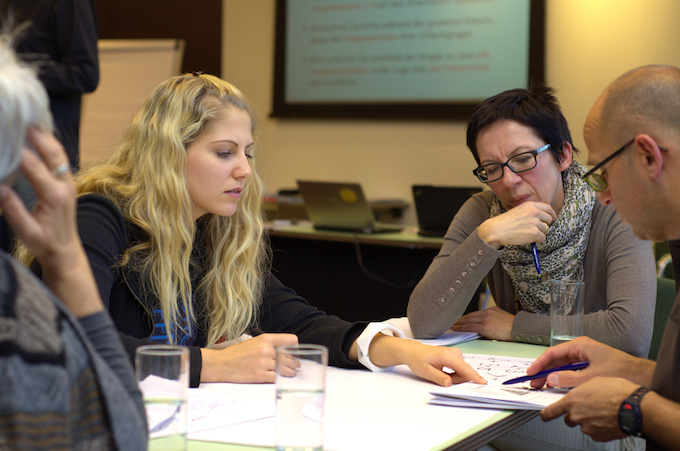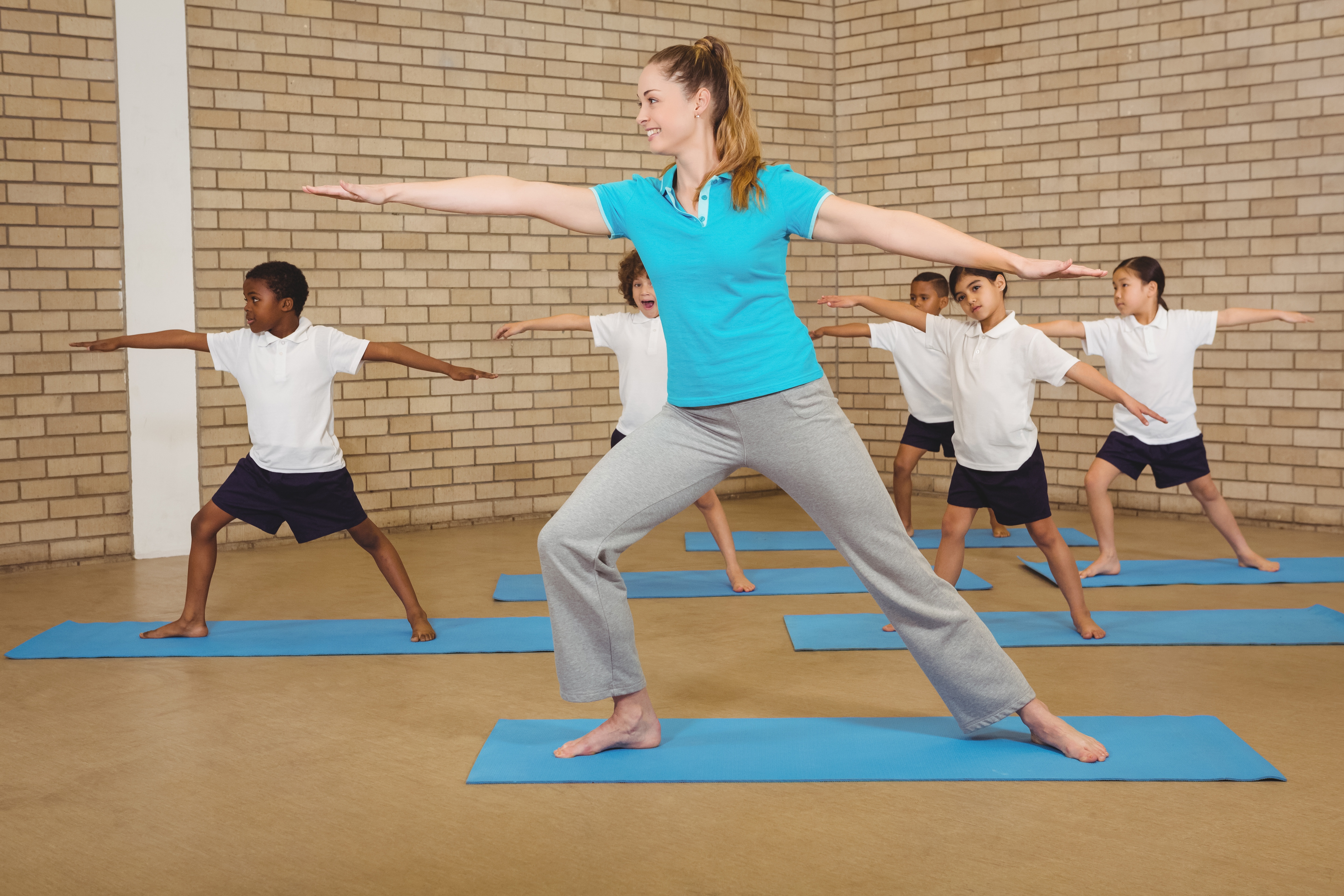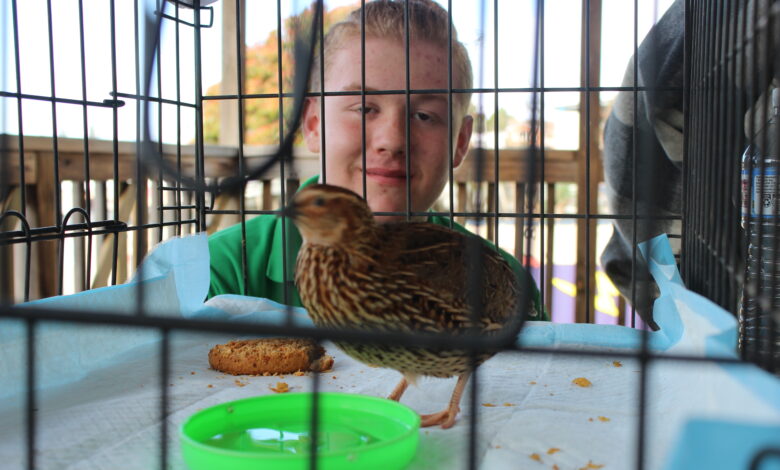
There are no school bells to mark the end of recess or messages blasted over the PA at Giant Steps School.
Located in the picturesque town of Deloraine on the Meander River in Northern Tasmania, Giant Steps is a small, holistic school that caters specifically to students with autism.
Read the Term 4 edition of School News HERE
The school was established in 1995 by a group of dedicated parents and local community members who were committed to ensuring Tasmanian students had access to education to suit the individualised needs of children on the Autism Spectrum. After visiting Giant Steps in Montreal, the group lobbied the government to establish the school, which remains the only autism specific school in Tasmania.
Though the school has a small cohort of 47 students, Giant Steps has welcomed families from all corners of the globe who have relocated to Deloraine to give their child access to the learning environment at Giant Steps.
“We currently have students who travel daily from various places to attend our school, stretching as far as Beaconsfield, Scottsdale and Ulverstone,” acting co principal Kimberly Trebilco said. “We have families that move from other parts of Tasmania so that their child can attend Giant Steps in addition to students who relocate from the mainland to start a new life in Tasmania. We have also had several international students relocate to Tasmania just to attend Giant Steps.”
Unlike traditional schools, Giant Steps doesn’t dictate grades by age. Instead, students are assigned a spot in one of four ‘rooms’ that meets their own individual needs.
“The year levels within each of our class groupings are flexible and can change year to year based on enrolment numbers and the needs of each of our students,” acting co principal Sam Langley said. “We organise students based on the best fit for each individual, rather than, ‘this student is in Grade 6 so needs to be in the Red Room’.”

Class sizes are also limited to no more than 12 students in each room on any given day. This helps to limit sensory overload and facilitate the school’s high teacher to student ratio.
Giant Steps works with a concept-based curriculum that was originally developed to address some of the challenges teachers faced with planning for flexible multi-age class groupings and the diverse range of learners within each room. The concept-based curriculum enables students to access the same curriculum as their age equivalent peers, in a way that is appropriate for their stage of learning and readiness.
“Students at Giant Steps Tasmania are entitled to access meaningful, engaging, age-appropriate curriculum on the same basis as all other students,” Ms Trebilco said. “This requires flexible and creative use of curriculum and the ongoing implementation of the principles of Differentiation or Universal Design for Learning.”
As an example, Giant Steps’ English Concept-Based Curriculum has been developed with an overview of the concept and with tiered entry points for learning. “The tiers support teachers to plan inclusively, where all students are ‘learning the same thing’ within the overarching concept, but how the students learn and the specific tasks they complete will differ,” Ms Trebilco explained.
“The tiers enable educators to see each concept as inclusive of all students, as it breaks the concept down into levels of complexity to cater for student diversity. This approach allows us to differentiate content, process and product, by enabling students to access the same key learning, but through different tasks or approaches, matched to their stage of readiness or preferred ways of learning.”
In addition to the flexible curriculum delivery, Giant Steps has curated a physical environment that is nurturing and supportive of the diverse needs of its students. Visual aids take centre stage in the classrooms, with each student having their own individualised visual routine which they can refer back to throughout the day.
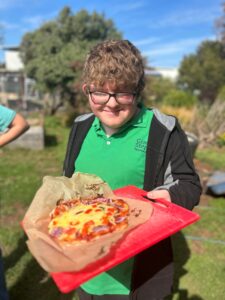
“These visual routines are so valuable for our students in ensuring they know what is happening in their day,” Mr Langley explained. “We also consistently use the Zones of Regulation program throughout the school. Within each room you will see the ‘zones’ visuals, including pictures of all students and staff in the room. Students use their picture to show which ‘zone’ they are in.
“We then have visuals of different tools, or strategies which could be used to assist a student get back into the ‘green zone’ which is the optimal zone for learning. These tools are individualised and vary depending on each individual student. They may include things such as a specific sensory tool, break, drink or a ‘walk and talk’.
“Each classroom also has a break room. This is a space for students to utilise if they need a break, or a quiet space away from other students.”
Each classroom has a generously sized kitchen to enable cooking to become integrated into the curriculum. This helps students develop life skills, which will serve them well beyond their time at school.
On campus, Giant Steps has an allied health building that allows allied health specialists to hold appointments for students. “This has a number of benefits for our students including reducing the time they miss from school due to travelling to and from appointments, as well as being in a familiar environment, rather than needing to go somewhere new,” Ms Trebilco said.
“The allied health building also consists of ‘the ballroom’, a very generously sized bathroom, that enables space for our staff to work with students on personal care skills such as toileting, showing, dressing, and brushing teeth.”
The most popular on campus facility, though, remains the swimming pool, where qualified swim teachers implement swimming programs for students.
Giant Steps works to minimise changes and transitions for its students. With classes spread across four rooms,
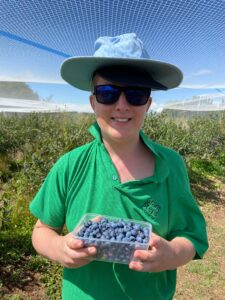
students often spend three years in the same room with the same teacher.
Mr Langley said that when it comes time to transition to the next room, students are prepared well in advance. “It is a process that begins in Term 4 and is planned with our Occupational Therapist and teaching staff, to ensure the student is prepared at the beginning of the school year,” he said.
“The transition process is quite individualised for each of our students, but the student will often initially spend short periods of time, during a preferred lesson in the class they are transitioning to with a staff member from their current room. Over the course of the fourth term these visits will slowly increase in time.”
While some students transition back to mainstream school, many complete their schooling at Giant Steps.
“We aim to work with families and students to prepare them for the future. This can look quite different for each student, depending on their aspirations and support networks. Giant Steps has worked hard on supporting a wide range of students in accessing community-based day programs through our focus on independent living skills and participation in community access.
“Several of our students have started businesses after leaving Giant Steps. One of our students created a firelighter business, Warm Home Warm Heart, focusing on producing a product that was environmentally friendly, with no nasties. Another student started a dog walking and bin cleaning service.”



